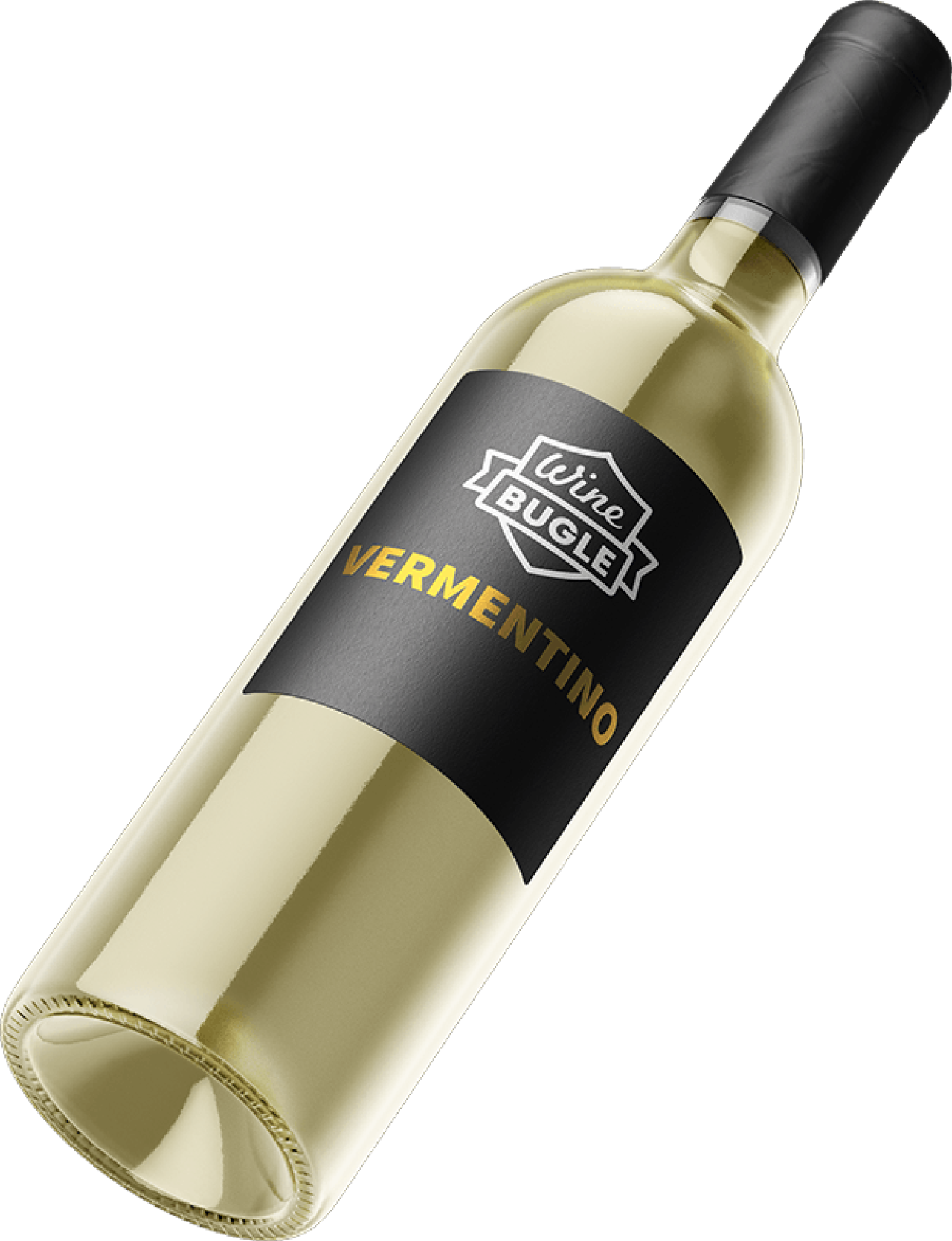Origins of Vermentino grape
Vermentino is a fine white grape variety, typical of some coastal areas of the western Mediterranean.
Its origins are not clear and still much debated, but it is grown in Spain, France and Corsica. Perhaps it originated in Spain, and then, passing through France, it reached Liguria and Sardinia, or maybe it made the reverse journey. Some think it came with the Arabs during the conquest of Spain. In Italy, it is known by various names depending on the region, including Pigato and Favorita.
Vermentino can be vinified in purity, or blended with other local varieties.
It produces excellent dry still wines. There are also some sparkling versions and some wines produced with maceration on the skins according to ancient methods.
Where it is grown
Vermentino is grown mainly in Liguria, with some extensions in Tuscany and Sardinia. Outside of Italy, it is found in southern France, in the Languedoc-Roussillon region, and Corsica.
In Tuscany, it was initially mainly present on the Ligurian border, in the Colli di Luni area. Still, it has recently spread along the coasts of the Maremma, on the archipelago islands, and in the area of Bolgheri. It is also traditionally present in southern Piedmont, where it is called Favorita, in the Langhe and Roero, while it recovers the name of Vermentino, or Furmentin, in the Ovada and Tortona provinces, where, however, it has almost disappeared. Sporadic and more recent is its presence in the South, in Puglia, Sicily and Calabria.
In Sardinia, this grape has found its paradise in Gallura, at the island's northeastern tip. This is barren land with no other crops apart from the vineyards; the Mistral whips the coast with ferocity, and the soil is very poor, so only vineyards can survive. And the berries are full of sapidity and flavors and give the wine a superb finesse, concentration and intensity.
Flavors and styles
Vermentino wines come with a light straw color, sometimes with greenish hues, and show elegant aromas of flowers, citrus fruits, and aromatic herbs. Usually, they have low alcohol content, medium body and good minerality with an occasional almond finish.
In Liguria, thanks to a fabulous microclimate and rocky soils, Vermentino is left to mature a little more and harvested a bit later, just enough to give it thickness and a hypnotic golden color. In Tuscany, Vermentino tends to be interpreted with more lightness and ease: always elegant but less structured. Sardinian Vermentino wines, instead, tend to be younger and more acidic with a lighter body and intense minerality.
Vermentino food pairings
Vermentino is a quintessential Mediterranean wine. Its perfect companion can only be sea fish, such as sea bream. A young and not too structured Vermentino goes well with delicate flavors such as raw fish and shellfish and spaghetti with clams; if more full-bodied and perhaps with a couple of years in the bottle, even with more robust flavors such as mussels marinara. Some classic territorial combinations are those with trofie (or maybe lasagna) with pesto and Genoese focaccia.
